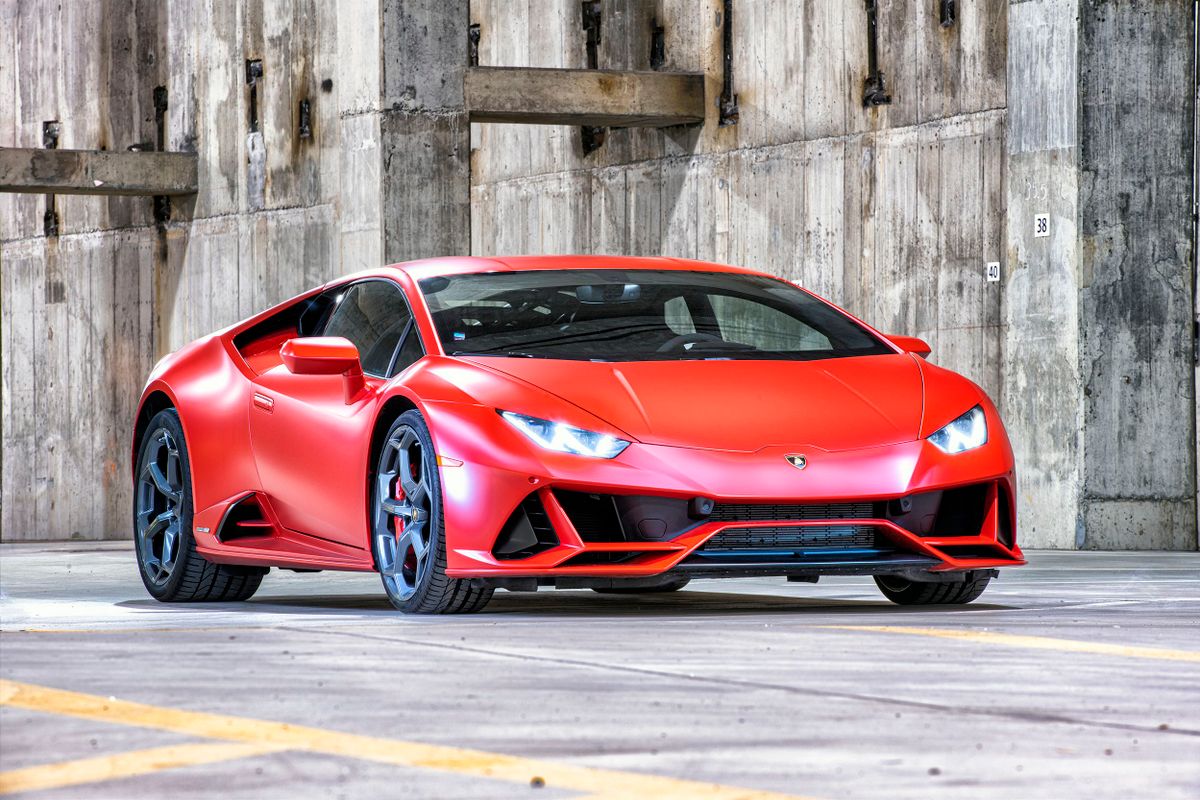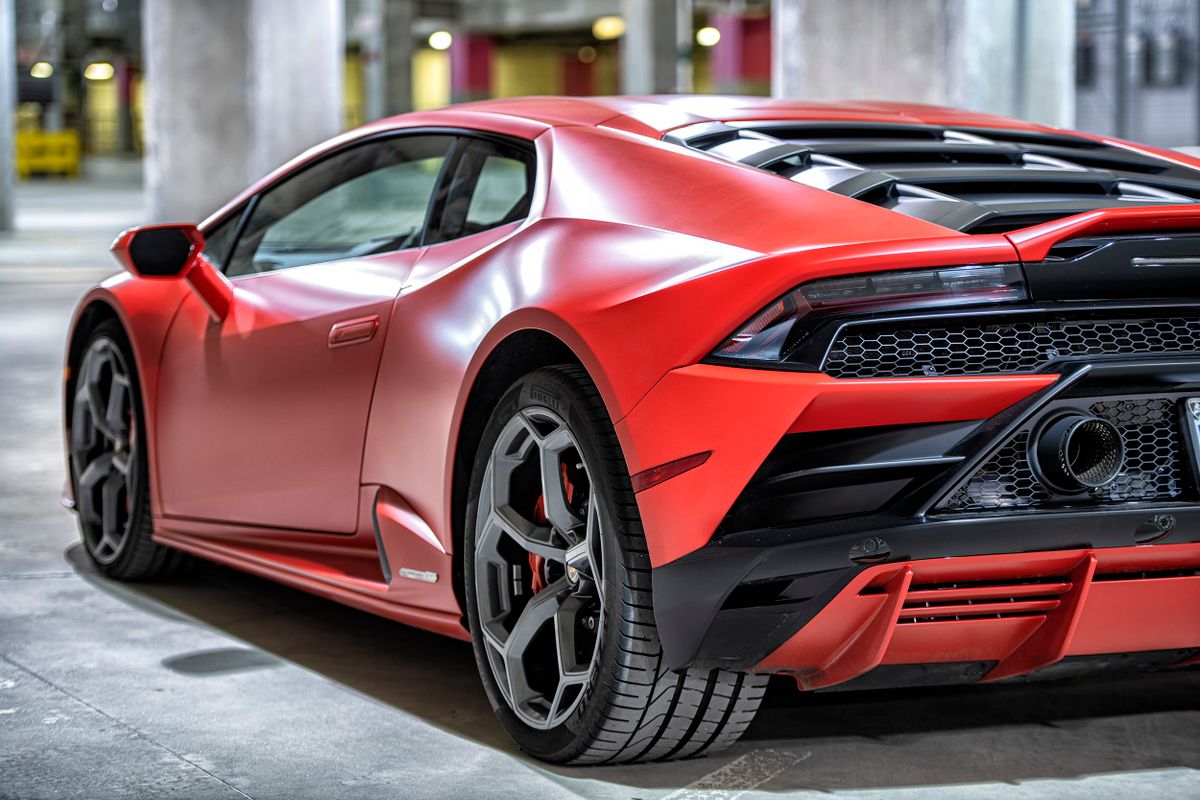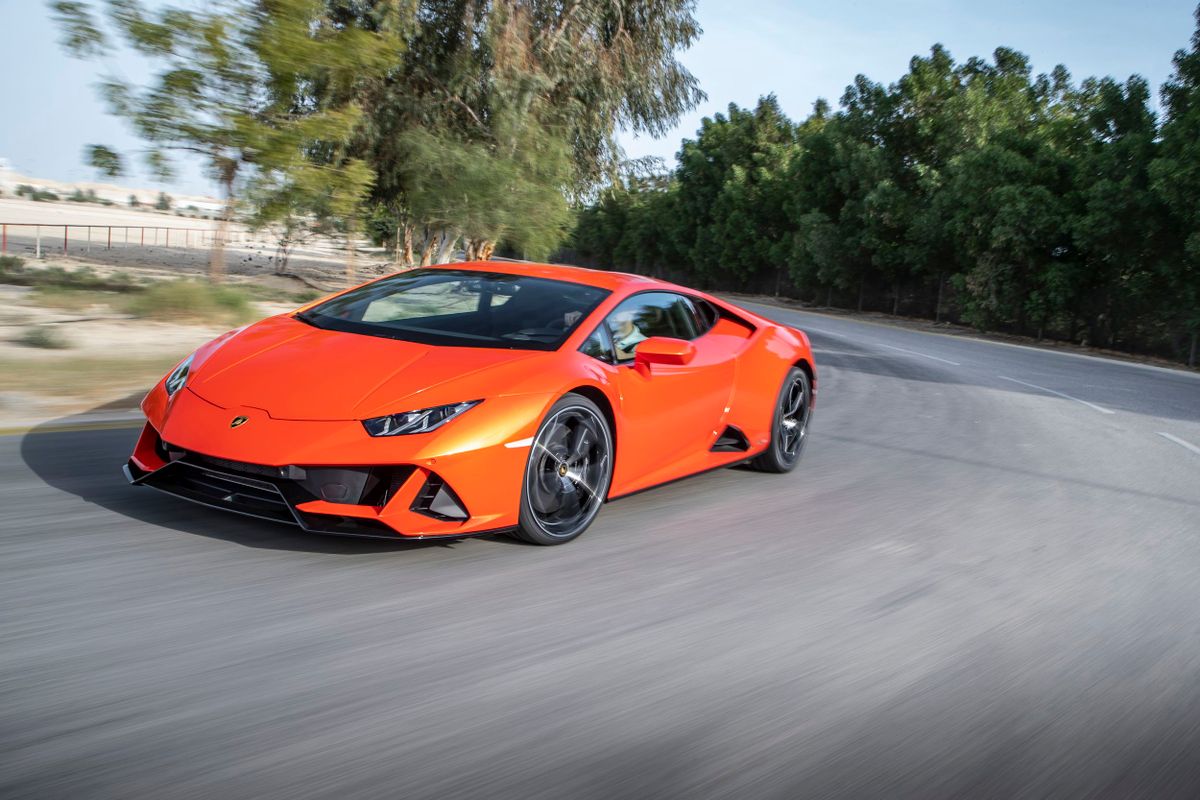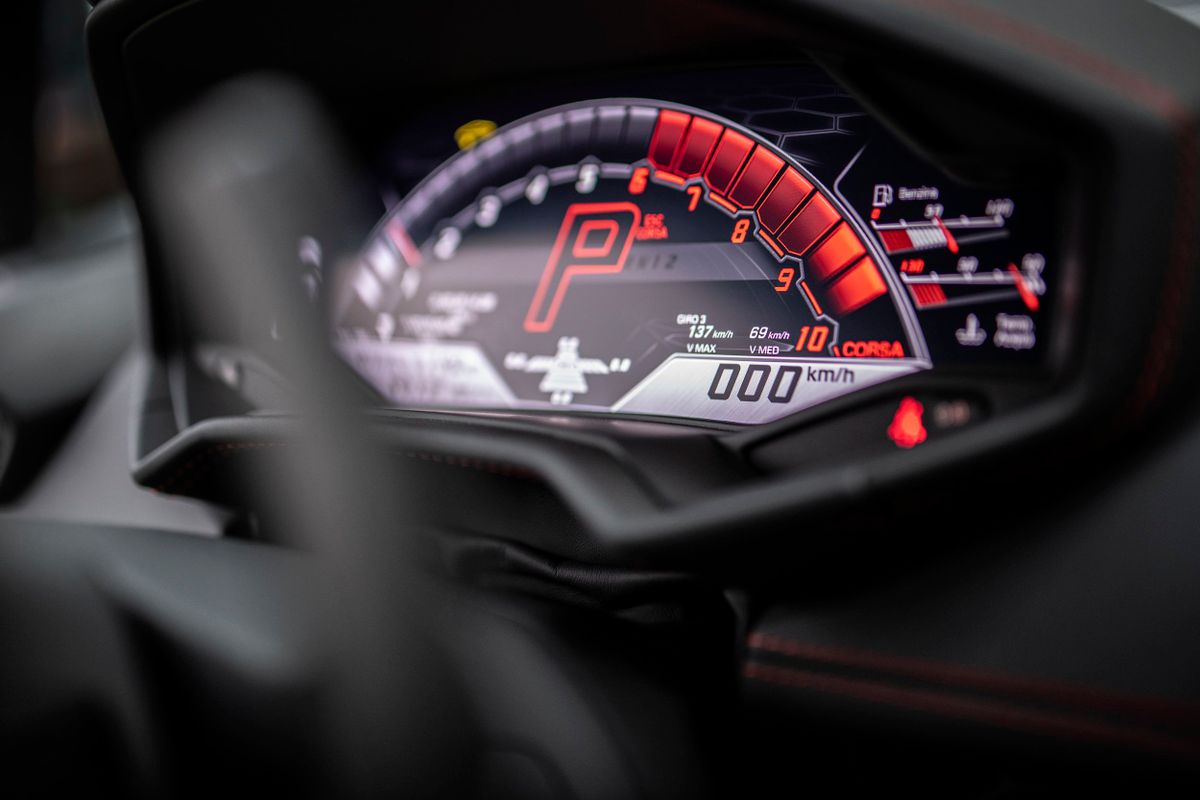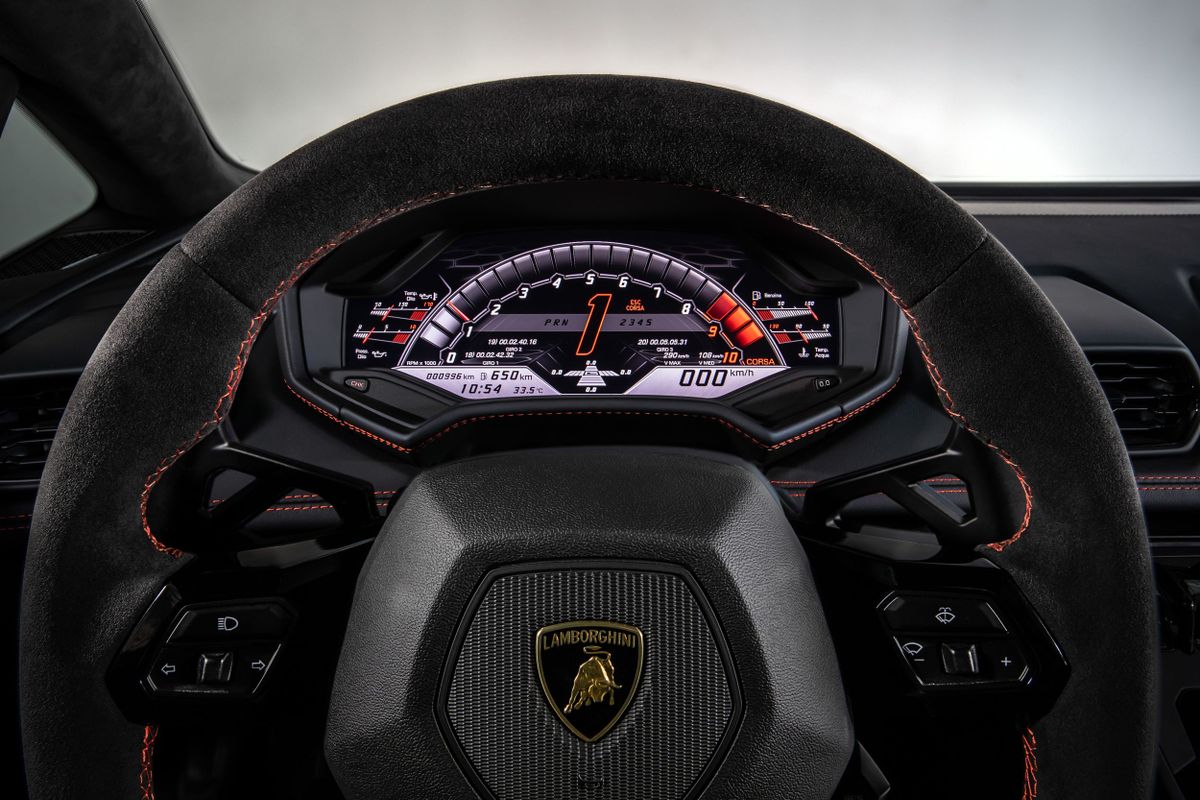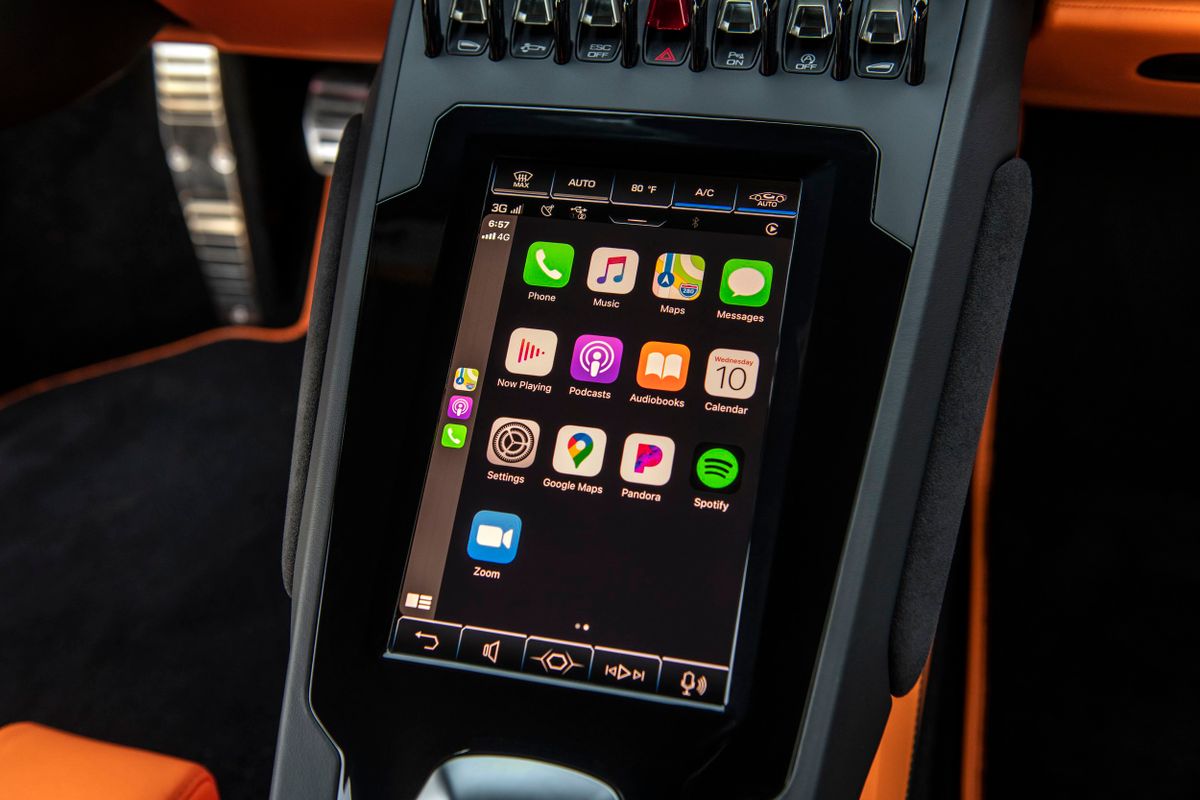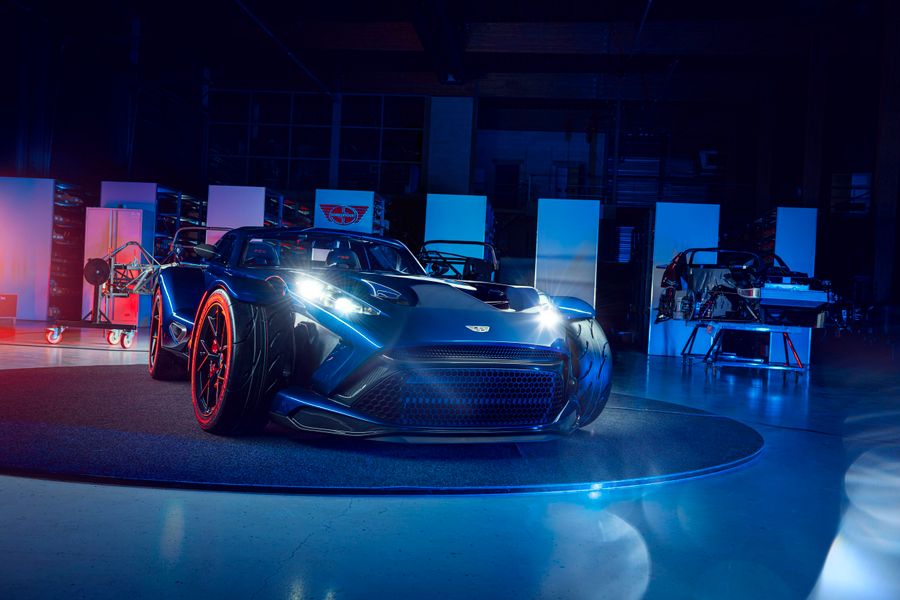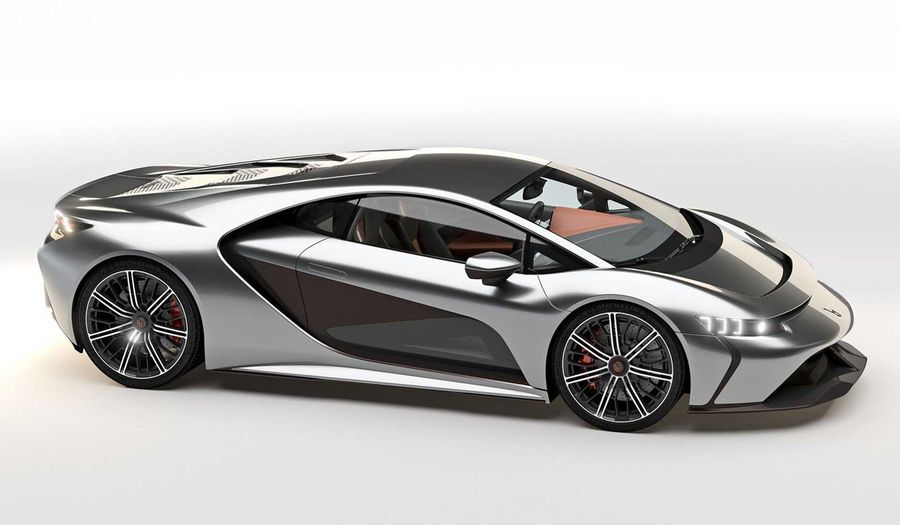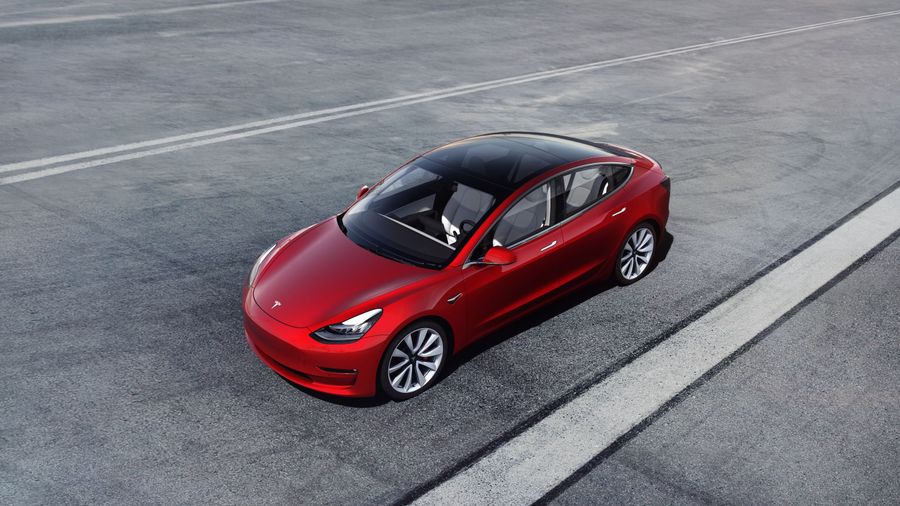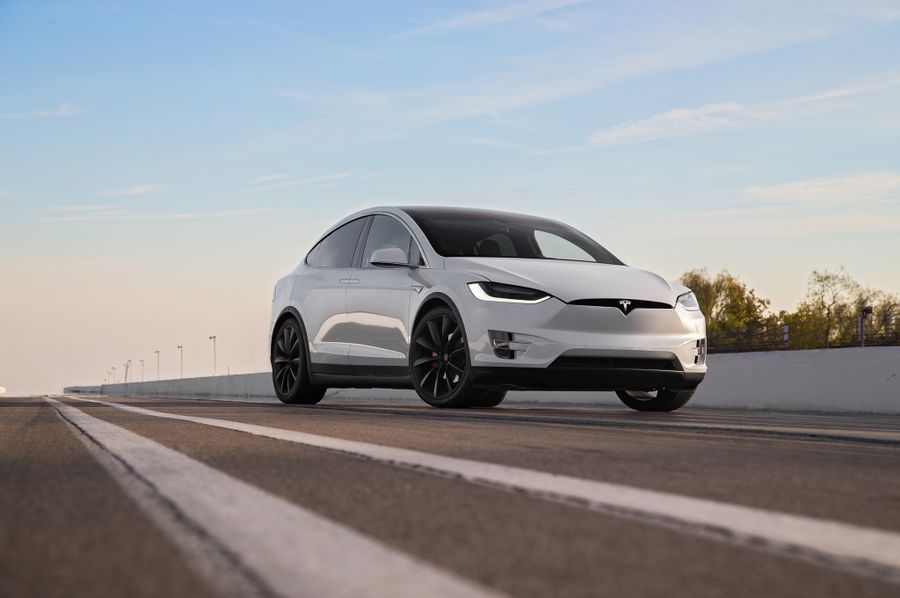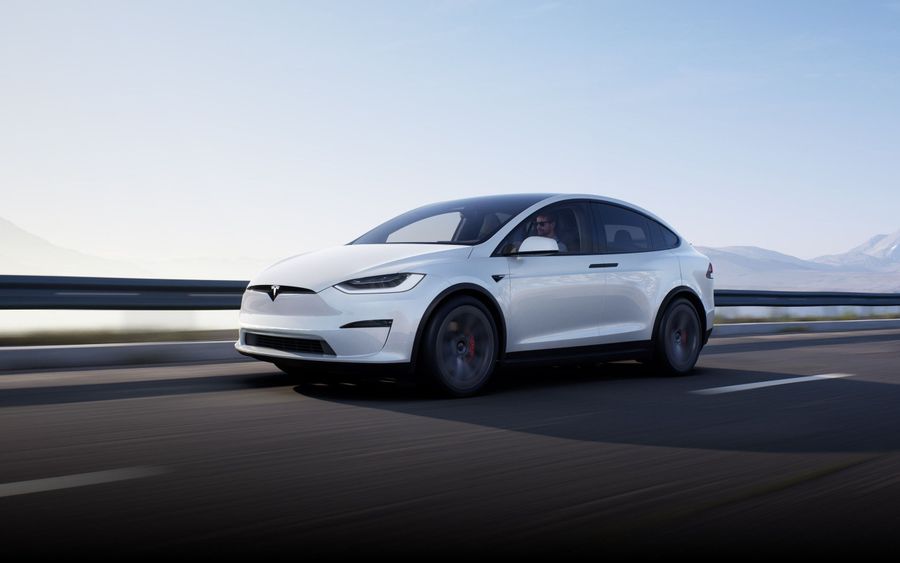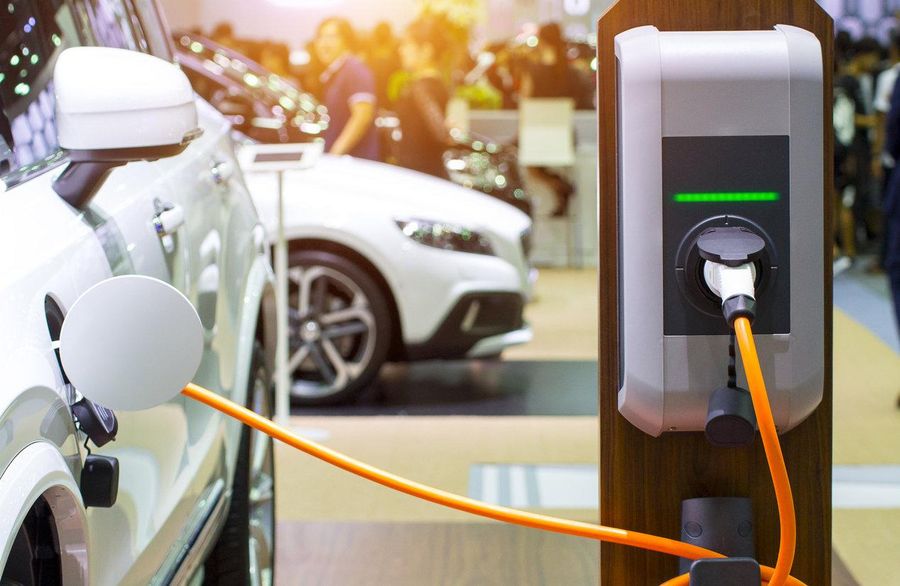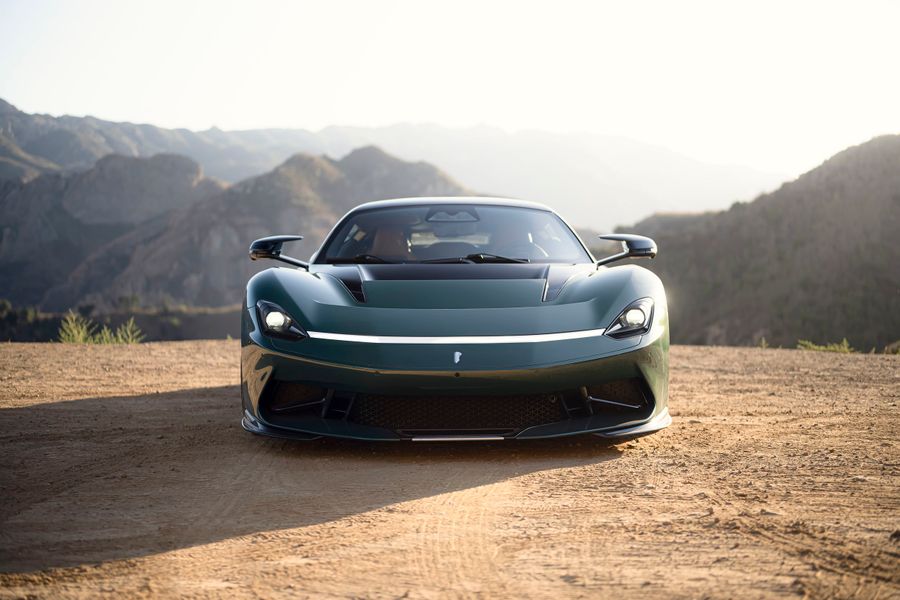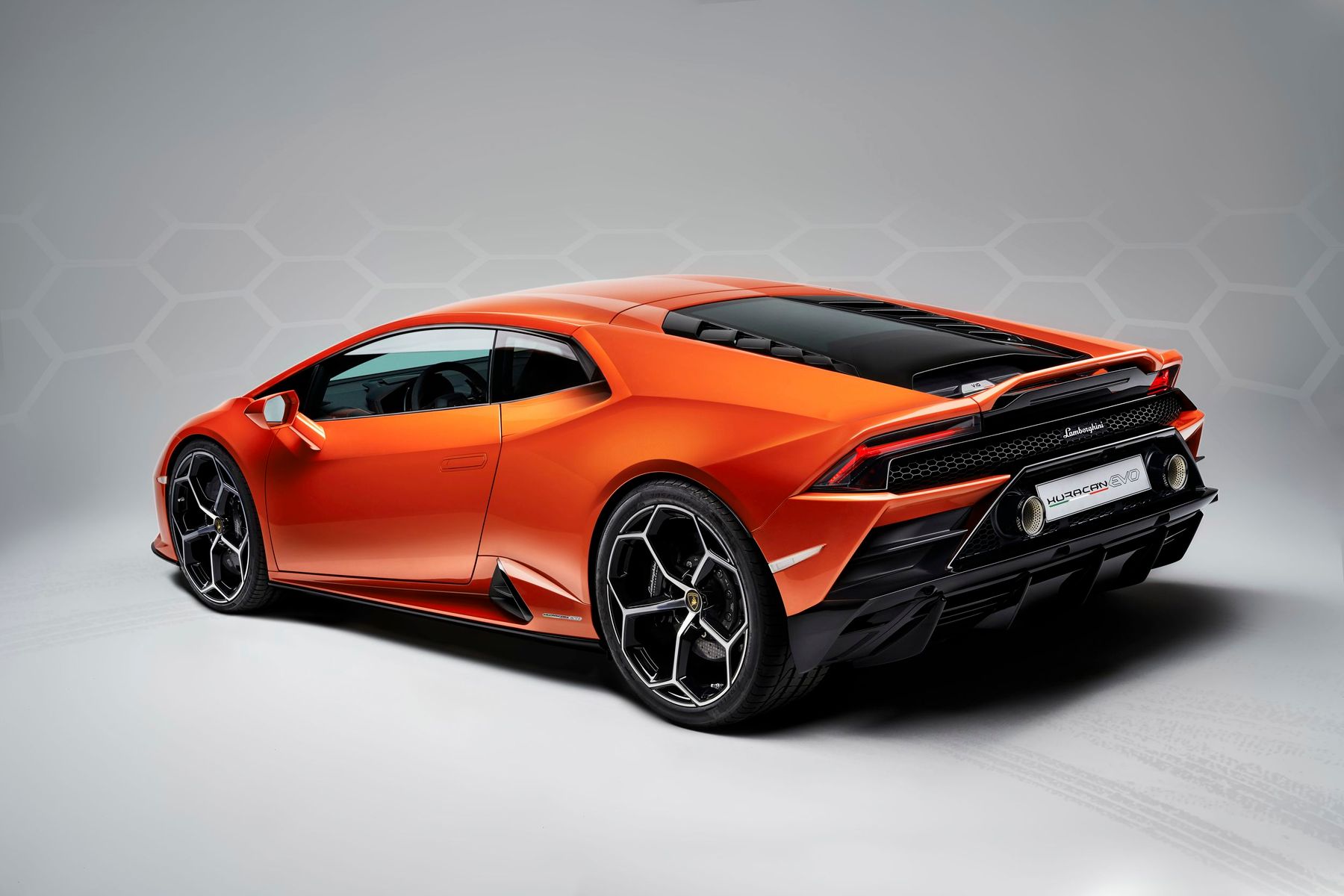
Lamborghini Huracan Evo Coupe. 1st generation, 2019 restyling
The Lamborghini Huracan is an Italian two-door sports car with a mid-engine layout and four-wheel drive. The Lamborghini Huracan Evo is the 2019 version of the model that was introduced to the market in the spring of 2020. The rear-wheel drive model is called the Evo RWD.
In January 2019, the Lamborghini Huracan acquired the ‘Evo’ prefix, a new guise and technical innovations. Many features have already been tested for the Perfomante version. Thus, the car comes with a similar powertrain, advanced electronic systems, an intelligent chassis and a more aggressive exterior.
Exterior
The new Huracan is certainly beautiful and energetic. Its front face is illuminated by small traditionally shaped headlights featuring LED daytime running lights. An aggressive front bumper, which in fact is not there, is a huge air intake, covered with black mesh with small cells, a more developed and low front splitter. In profile, this Lambo is a real kilometer-eater, stable and smooth, like a pebble that jumps on the water, instead of drowning. The rear end is also very stylish: Y-shaped narrow LED lights, a small but expressive wing, a raised bumper with a developed diffuser, a pair of chromed exhaust pipes instead of two double-barrels and again a black mesh.
Technologies
The Lamborghini Huracan Evo coupe is 4,520 mm long, 1,993 mm wide and 1,165 mm high, boasting of a 2,620 mm wheelbase. The model has acquired a fully steerable chassis: the rear wheels of the supercar steer after the front ones. The maximum deflection angle is only three degrees. It is achieved exclusively in parking modes, this feature increases stability at high speeds and maneuverability in a confined space.
The car is equipped with an adaptive double wishbone suspension, controlled by the proprietary LDVI system (Lamborghini Dinamica Veicolo Integrata), which manages the operating modes of the powertrain and vehicle dynamic control. The sports car is equipped with shock absorbers comprising a magnetorheological fluid capable of changing their stiffness, depending on the driver’s actions and the selected operating mode of the control electronics. There are three of them: the Strada for public roads, the Sport and the Corsa, designed exclusively for racing tracks.
Interior
The interior of the new Huracan Evo has also undergone significant changes. The interior is finished with a special leather and Alcantara with orange accents. On request, the manufacturer can also customize the interior with Lamborghini’s innovative Carbon Skin® material and ambient lighting. In the best traditions of multicolored Italy, many different interior design options are available.
There is a new center console, with the old switches and buttons having been replaced by the 8.4-inch touchscreen. It controls the multimedia system, the air conditioning operating modes, the arrangement of seats and other minor settings. Some functions can be controlled by gestures. Several important mechanical switches are still located above the display. As a result, the car has become more informative.
Powertrains and chassis
Just as the Audi R8, the 2020 Lamborghini Huracan Evo is equipped a 5.2-liter V10 engine. It has separate throttle valves for each cylinder, combined fuel injection (the injectors are located both in the intake manifold and directly in the cylinder head), an oil starvation preventing dry sump system and phase shifters. At low loads, half of the cylinders are switched off.
The Evo’s engines are equipped with different camshafts, titanium intake valves, different intake and exhaust manifolds, and a control program. Therefore, the engineers have managed to squeeze out 640 horsepower at 8,000 rpm and 600 Nm of torque at 6,500 rpm. It’s worth noting that peak output can now be achieved 250 rpm earlier, despite the increase in power. The car comes with a 7-speed dual-clutch transmission.
The car weighs 1,422 kg and is capable of accelerating from 0 to 100 km/h in 2.9 seconds, to 200 km/h in 9 seconds. The coupe’s top speed exceeds 325 km/h, and the braking path from 100 km/h is 31.9 meters. Specific power amounts to 2.22 kg/hp. Combined fuel consumption is 13.7 liters per 100 km.
Huracan Evo RWD
This version was created for those who love ‘classics’. The rear-wheel drive modification differs not only by the transmission, but also by the engine. It produces a slightly lower (610 hp at 8,000 rpm) and torque (560 Nm at 6,500 rpm). The car weighs 1,389 kg (33 kg lighter) and is capable of accelerating from 0 to 100 km/h in 3.3 seconds, to 200 km/h in 9.3 seconds. Specific power amounts to 2.27 kg/hp. Combined fuel consumption is 13.8 liters per 100 km.


